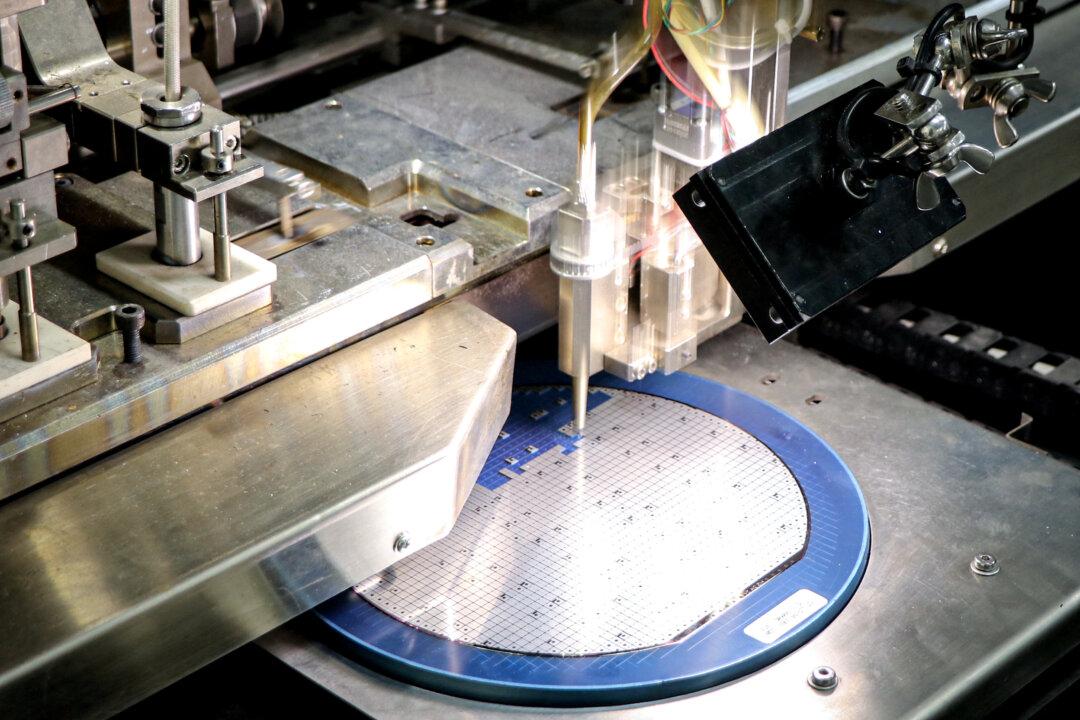After months of uncertainty over whether Boeing’s new Starliner spacecraft could safely return its two astronauts home from the International Space Station (ISS), NASA decided on Aug. 24 to send the Starliner back to Earth uncrewed.
The two astronauts, Barry “Butch” Wilmore and Sunita “Suni” Williams, will return on SpaceX’s Crew-9 Dragon vessel in February 2025.
NASA Administrator Bill Nelson told reporters during a press conference on Aug. 24 that the joint decision between Boeing and NASA was made in the context of “mistakes done in the past” when space shuttles Challenger and Columbia were lost, killing all crew on board.
“Space flight is risky, even at its safest, and even at its most routine. And a test flight by nature is neither safe nor routine,” Nelson said.
“And so the decision to keep Butch and Suni aboard the International Space Station, and bring the Boeing Starliner home uncrewed, is a result of a commitment to safety.”
Starliner launched from the Kennedy Space Station in Florida on June 5 after being delayed for four weeks because of leaks in its helium-based propulsion system. The spacecraft leaked further after takeoff, resulting in multiple thrusters failing ahead of its docking with the ISS on June 6.
NASA and Boeing said at the time that the leaks were likely caused by a faulty rubber seal in the Starliner’s helium tanks. After continued heat testing at White Sands, NASA also noted swelling teflon on the thrusters.
Because of the uncertainty surrounding the mechanical failures, NASA feared that the thrusters—needed for steering the Starliner during orbit and its landing sequence—could ultimately fail during or after the craft’s de-orbit burn, or reentry into the atmosphere.
The astronauts were expected to be onboard the ISS for a little more than a week. After returning in February 2025, they will have been on the space station for more than eight months.
“Uncertainty remains in our understanding of the physics going on in the thrusters, and we still have some work to go,” NASA Associate Administrator Jim Free told reporters on Aug. 24.
Returning the astronauts on SpaceX’s Dragon instead of the Starliner “has not been an easy decision, but it is absolutely the right one,” Free added.
Ken Bowersox, NASA associate administrator for Space Operations, said the decision on Aug. 24 followed the first part of a flight readiness review in which NASA polled related organizations that all unanimously agreed to return the Starliner without its crew and to send the astronauts home on SpaceX’s Crew-9 mission.
NASA will conduct part two of its readiness review on either Aug. 28 or Aug. 29, Bowersox added.
NASA Commercial Crew Program Manager Steve Stich said that continued testing data gathered over the summer made it “very clear ... that the best course of action was to return Starliner uncrewed.”
“The bottom line relative to bringing Starliner back is ... there was just too much uncertainty in the prediction of the thrusters,” Stich said.
“If we had a model, if we had a way to accurately predict what the thrusters would do for the undock and all the way through the deorbit burn and through the separation sequence, I think we would have taken a different course of action.”
Dana Weigel, program manager for the ISS, said Crew-9 will launch no earlier than Sept. 24 with additional seats for Wilmore and Williams, who have been conducting dozens of experiments across nearly 100 hours while aboard the space station since June 6.
The spacesuits, however, were an issue, as the ones designed by Boeing for Starliner are incompatible with SpaceX’s Dragon vessel, NASA’s Steven Siceloff told The Epoch Times on Aug. 23.
“This program is designed to let companies design their own systems,” Siceloff said, and Williams and Wilmore will wear Dragon spacesuits for their return.
Stich said on Aug. 24 that one additional Dragon suit, which already fits one of the Starliner crew members, is currently aboard the ISS.
When asked whether he was confident that the Starliner would see successful crewed missions in the future, Nelson said he was “100 percent” sure because of “Boeing’s willingness to carry through on this program.”
He added that the Challenger and Columbia disasters influenced NASA’s decision on Aug. 24.
“It is trying to turn around the culture that first led to the loss of Challenger and then led to the loss of Columbia, where obvious mistakes were not being brought forth,” Nelson said, adding that NASA now encourages all engineers and ground crew to raise any concerns over flight plans, which were ignored leading up to the Challenger launch in 1986.
“NASA, ever since, has tried very hard to bring about an atmosphere in which people are encouraged to step forward and speak their mind. And I think today is a good example of that,” Nelson said.
The Starliner’s success in crewed missions is essential for NASA’s Commercial Crew Program, which was introduced as a replacement for its retired Space Shuttles.
NASA gave Boeing and SpaceX $4.2 billion and $2.6 billion, respectively, to develop spacecraft that can carry astronauts into orbit. SpaceX has been successful with its Dragon capsule since 2020, but Boeing has struggled with its Starliner.
The craft’s first non-crewed flight in 2019 failed to reach the ISS, but a subsequent flight in 2022 finally docked with the space station.
Boeing’s investment in Starliner has now exceeded $1.6 billion since 2016.







